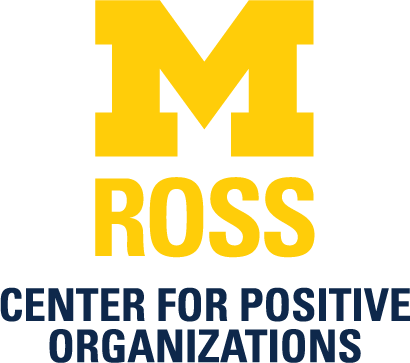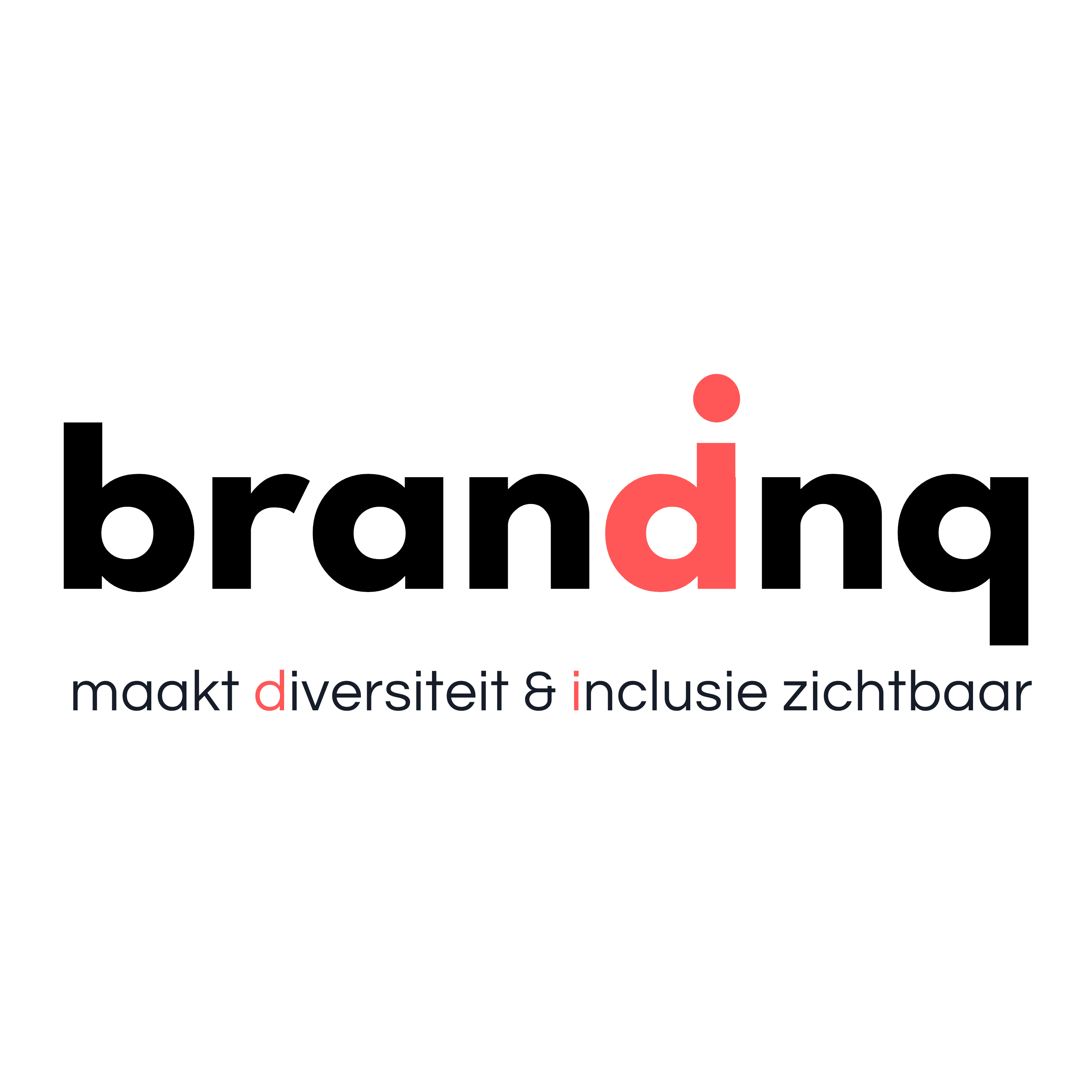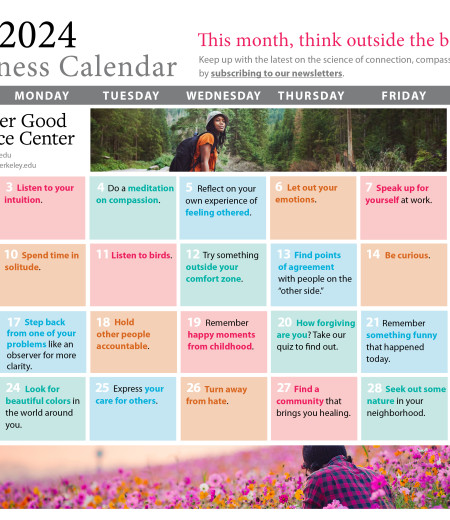The Four Freedoms We Want at Work


Workplaces today are facing many challenges, and among the largest are how to support the engagement and well-being of their employees and how to promote diversity, equity, and inclusion (DEI) in an environment where momentum for DEI work is waning.
Based on my two decades of research in organizational psychology, one pathway forward that addresses both of these aims is to focus on the four freedoms that people desire at work:
- The freedom to be: to bring our full, authentic selves to the workplace.
- The freedom to become: to improve ourselves and our situations.
- The freedom to fade: to periodically step back from the spotlight and performance pressure.
- The freedom to fail: to take risks, conduct experiments, learn from them, and be coached for future opportunities.
When these freedoms are present, people are more authentic, actualized, agentic, and agile, all of which benefits their alignment with work tasks, organizational commitment, mental and physical health, learning, and growth at work, as well as their coworkers and the mission and culture of the organization. Yet leaders grapple with the boundaries of freedom at work, and people often feel tension between expressing freedom at work and the company’s expectations for behavior and performance.
Even more challenging is the fact that these freedoms are often unequally distributed across employees because of their gender, race, sexuality, or other dimensions, which undermines equity. Specifically, many members of more powerful groups have relatively more freedom to deviate from the mainstream in their self-expression, advance in roles and occupations that provide more leadership opportunities or are more fulfilling, craft their current jobs and careers in flexible ways, and experiment with challenging, high-risk assignments, knowing that they will have support to bounce back from perceived failures and continue learning and growing in their careers.
How do we cultivate these four freedoms in the modern workplace so that all employees thrive? Here is what I’ve learned from my research, graduate business teaching, organizational consulting, and executive coaching.
The freedom to be
The most popular myth about authenticity is that it requires only a simple choice: just be yourself. But research suggests that this myth does not bear out for most people: It’s not as easy to express our authentic selves at work as we might like. In reality, authenticity involves a series of calibrated expressions, strategic disclosures, filters, and (for some) facades. Day by day, encounter by encounter, most people are masking parts of ourselves that we believe are not valued in our work environment. When we deviate from the norm in any way—in style, appearance, background, or thinking—it becomes more and more challenging to tap into this level of freedom at work.
The travesty here is when we’re suppressing and hiding our differences at work, we’re not able to draw upon some of our most powerful strengths and resources. When we’re feeling more authentic, we have a deeper sense of coherence and integrity, which fosters well-being. If we’re sharing our diverse opinions and perspectives and expressing them sincerely and authentically, the organization will more likely benefit from our ideas, perspectives, social capital, and cultural capital.
How to cultivate it: The freedom to be doesn’t mean saying whatever we think and feel at the expense of others. Authenticity should be guided by an intention to express ourselves in service of the greater good, without demeaning or denigrating others.
Leaders can be mindful of the experiences that people are having around authenticity in the workplace, and focus on creating a sense of community and belonging that welcomes diverse perspectives and backgrounds, allows for subgroups and subcultures to form around different areas of connection, and doesn’t require extreme assimilation. We might all recognize the wide range of diverse identities that are present within the organization—region of origin, family composition, educational background, career specialization, gender, race or ethnicity, religion, age—and then think about how we can connect with others around those identities and draw upon all the different insights and wisdom that those identities provide at work.
As you pursue more freedom to be, consider how you might channel your signature self in ways that help you have deeper, more genuine, and meaningful connections with people who differ from you.
The freedom to become
When people hear the phrase “best self,” many associate it with the myth that you have to be the best in order to fulfill your potential. This myth fuels a competitive drive to work to the bone and rise to the top of the heap.
This, too, is a fallacy about freedom. If flourishing is our desired end, freedom does not come from being the best. Rather, it involves self-actualizing into our personal best. A corollary myth about this freedom is: In order to become my personal best, I have to fix all the things that are wrong with me.
We want to free our minds from focusing on our shortcomings and weaknesses—all of the things about us that are less than, that don’t seem to measure up.
Our brains are hardwired to focus on those deficits, so they can become so consuming that we stop thinking about our strengths and things that have gone well. The freedom to become asks this question of all of us: How can we become our best selves by growing and developing in our areas of strength?
How to cultivate it: We have to normalize data-driven conversations around strengths and what’s working well, so that we can learn from those experiences. To normalize means to make them a personal ritual and a shared practice.
We also need to recognize that when individuals are considered to be high-potential up-and-comers, they start to benefit from that label through a self-fulfilling prophecy of positive expectations and evaluations. People interpret things that they do more favorably, and they get more praise on an ongoing basis.
On the other hand, other people in the organization are floundering—trying to figure out what they’re really good at. People also aren’t telling them what they’re not so good at, and so they’re trying to grow and develop themselves without adequate feedback, mentorship, and sponsorship.
We need to equally distribute the focus and emphasis on strengths and shortcomings throughout the organization: across insiders and outsiders, high-status and low-status groups, and positively and negatively stereotyped workers. Without this investment in equitable feedback processes, mentorship, and sponsorship, most people will not become the leaders that our organizations and societies need. Though we often think of advancement as a zero-sum equation or tournament of winners and losers, the freedom to become can benefit all of us, if anchored in the desire to help each person actualize their true potential.
Freedom to fade
The freedom to fade resonates with many people who report feeling burned out, charged with wearing many hats as workers and caregivers, and feel overworked and underresourced in both roles. It’s also the freedom that puzzles managers the most, because their workforce is saying they want more input in setting boundaries and building flexibility into how they work. With a wide range of diverse needs, it is difficult to accommodate every person’s unique preferences.
People who represent the dominant, majority, or high-status group in the organization are often more able to navigate their employment relationships and set their preferred scheduling. On the other hand, tokenized minorities—because of performance pressure and stereotyping—feel like they can’t afford to fade. This perpetuates a vicious cycle of energy depletion among those who have less agency in crafting their jobs and managing others’ work responsibilities.
Those who are marginalized or systemically excluded also feel that they have to be twice as good to get half as far. The common refrain contradicts the freedom to fade. I have to go, go, go all the time, and deliver beyond the standard that many of my peers (who belong to the dominant group) are held to.
The myth is, “I can’t afford to fade. I can’t take time off. I can’t pause, because if I do fade, then I’ll fail, and there’s no room for failure.”
How to cultivate it: One place to start is to try to more evenly distribute the freedom to fade throughout the organization, using structural changes that provide more flexibility across the board.
One example is parental leave. Once people recognized that maternity leave was not just about physical recovery from active childbirth, but also about dedicating time to welcome a new family member, it expanded access to parental leave for many more people, including adoptive parents, foster parents, and fathers. When men take paternity leave, women also benefit, because there’s less stigma and stereotyping about taking a pause. It also helps normalize caregiving for those who need to support their parents or for other members of their family with medical challenges.
Without intentional calibration and restoration, burnout may lead to the outcomes that people fear most: failing—but it’s not going to be productive failure. Failure will be firm and finite, and the individual and the organization will struggle to recover.
Freedom to fail
Failure is a frighting possibility for workplaces—mistakes can be costly and lead to a loss of customers, career opportunities, and, in some cases, even life. Too many severe mistakes can lead to personal and organizational demise. And yet experimentation, which is essential for improving and surviving as an organization, inherently involves mistakes, unintended outcomes, and learning from failure. Although many in organizations fear failure, and resist the idea that it is inevitable, true freedom lies in overcoming this fear and embracing productive failure.
But like the other freedoms, the freedom to fail is unequally distributed. Unfortunately, racial and gender disparities in performance evaluations suggest that errors and mistakes are pointed out and penalized more often for lower-status groups. For instance, in one experiment, researchers sent out a legal memo that was supposedly written by a Black or white author. When attorneys were asked to evaluate it and point out the number of errors, they pointed out more errors in the Black person’s legal memo than the white person’s—and it was the exact same memo. Recent research from Textio also shows pervasive patterns of inequity, such as women and people of color receiving lower-quality feedback that reinforces negative stereotypes, while their white male counterparts receive more actionable guidance about how to improve their performance.
How to cultivate it: When I present the four freedoms, members of more dominant groups are struck by the freedom to fade: To pull back signals an embrace of mediocrity, which violates the myth of meritocracy; as such, many people do not acknowledge the extent to which they do get to fade a little bit when they don’t stand out as a minority or a token. That’s a big “aha” for majority groups, which challenges their sense of self-worth.
Members of marginalized groups—for instance, Black professionals—struggle with the fourth freedom, because they fear the penalties of failure. According to the data, there are harsh and severe consequences for failing for marginalized groups. Yet, if we remain trapped by our failure, we’ll never be able to learn, stretch, or flourish. As with all four freedoms, this is a risk that we have to learn how to take, and we have to learn how to take it with courage, insight, and strategy.
Freedom at work is a way of framing a broad, interrelated set of needs, hopes, and fears about tapping into the fullness of our humanity in our professional lives. While some may perpetuate the myth that freedom is an independent pursuit, the four pathways show how freedom involves the support and commitment of a broader community. As we expand our mindsets to recognize and understand more diversity, we can reshape our collective practices and policies to foster flourishing via freedom at work. In the words attributed to poet activists Emma Lazarus and Maya Angelou, “None of us are free until all of us are free.”

This essay is based on a talk that is part of the Positive Links Speaker Series by the University of Michigan’s Center for Positive Organizations. The Center is dedicated to building a better world by pioneering the science of thriving organizations.









